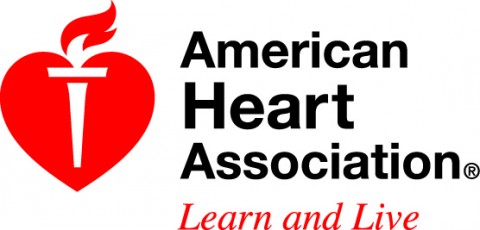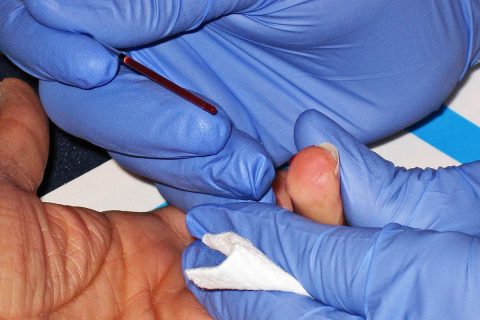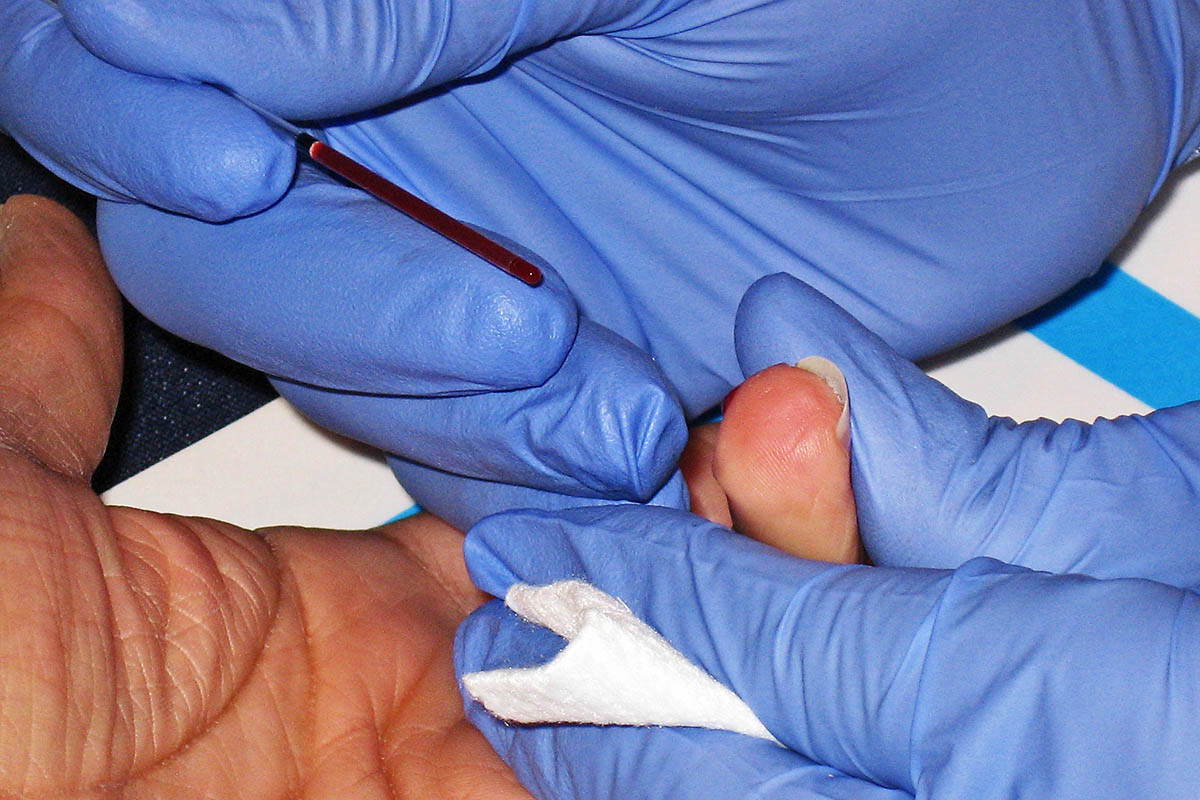 Los Angeles, CA – Combining medication that lowers blood pressure with medication that lowers cholesterol reduced first-time strokes by 44 percent, according to research presented at the American Stroke Association’s International Stroke Conference 2018, a world premier meeting dedicated to the science and treatment of cerebrovascular disease for researchers and clinicians.
Los Angeles, CA – Combining medication that lowers blood pressure with medication that lowers cholesterol reduced first-time strokes by 44 percent, according to research presented at the American Stroke Association’s International Stroke Conference 2018, a world premier meeting dedicated to the science and treatment of cerebrovascular disease for researchers and clinicians.

Seventy-five percent of strokes are first-time strokes. High blood pressure and high cholesterol both increase the risk for stroke, the fifth leading cause of death in America. Yet, it’s not known whether combining drugs that lower blood pressure and cholesterol levels can protect individuals from stroke.
Now, a study involving 12,705 participants from 21 countries shows that individually, drugs that lower blood pressure or cholesterol do indeed reduce stroke risk, but when combined, they offer even greater protection.
Among the findings:
- Taking daily doses of two blood pressure drugs (fixed dose candesartan and hydrochlorothiazide) along with a cholesterol-lowering drug (low-dose rosuvastatin), proved to be the most effective, cutting first-time strokes by 44 percent among patients at intermediate risk for heart disease.
- For those with very high blood pressure — readings 143.5 mm Hg or higher — taking 16 milligrams of candesartan plus 12.5 milligrams of hydrochlorothiazide every day reduced stroke by 42 percent.
- Compared with a placebo, stroke was reduced by 30 percent among participants taking daily doses of 10 milligrams of rosuvastatin.
“These results indicate that to prevent stroke in those at moderate risk, blood pressure lowering plus cholesterol-lowering should be considered in those with elevated blood pressure, and cholesterol-lowering should definitely be considered for all,” said lead study author Jackie Bosch, Ph.D., McMaster University in Hamilton, Ontario, Canada. “These are existing drugs that are well-tolerated, have strong safety profiles and it is easy for patients to stick with them.”
The findings come from the Heart Outcomes Prevention Evaluation Study, a large, international study focused on heart disease and stroke prevention. The average age of the participants was 66 years; 46 percent were women, and 166 strokes occurred during an average follow-up of 5.6 years. At the start of the study, the average blood pressure was 138/82 mm Hg. A normal blood pressure reading is around 120/80 mm Hg.
Based on these findings, Bosch said researchers are now looking at developing a single pill that produces the same effects as taking multiple pills that lower both blood pressure and cholesterol.
Co-authors are Evan Lonn, M.D.; Jun Zhu, M.D.; Prem Pais, M.D.; Denis Xavier, M.D.; Antonio Dans, M.D.; Rafael Diaz, M.D.; Robert Hart, M.D.;and Salim Yusuf, M.B. B.S., D.Phil. Author disclosures are on the abstract. The National Institutes of Health funded the study.
Additional Resources:
- For more news at AHA International Stroke Conference 2018, follow us on Twitter @HeartNews #ISC18.



